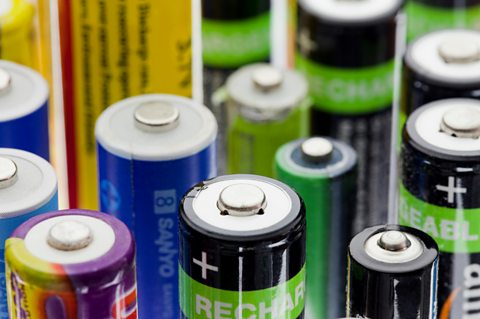Key facts
Tidal energy is a renewable and sustainable source of energy.
As the Moon moves around the Earth, its gravity pulls everything on Earth towards it, including the sea. Moving water in the sea causes two high tides and two low tides each day. This moving water can be used to generate electricity.
The technology to generate electricity from the tides is still in the early stages of development.
One of the world's largest tidal energy turbine sites is based in the Pentland Firth in the north east of Scotland.
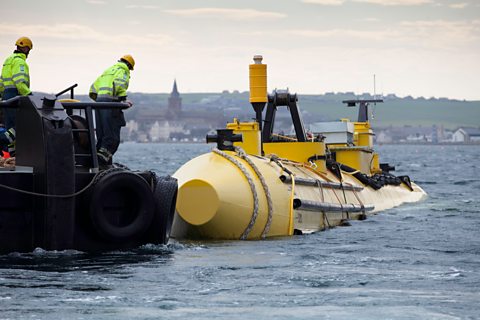
Tidal energy and its impact
Find out how the tides of the sea can be used to generate electricity.
The tide and high seas are moved by the gravitational pull of the moon and the sun, too. Just like gravity pulls objects down to the Earth, the moon's gravity pulls things towards it, too, including the earth. Where there is sea facing the moon, this gets pulled even more causing a high tide. On the other side of the Earth, the sea is pulled a bit less, causing another high tide. As the moon moves around the earth, these tides move, too. That's why the tide will come in and go out again from the coast twice a day.
The movement of all this water involves a lot of energy - energy that could be used to generate electricity. For tidal power to work, you need a really strong flow of water. This is easier to capture when you’ve got water flowing through a narrow channel, such as an estuary, or between two parts of land. It works like, this giant turbines are fixed to the sea floor. The kinetic energy of the water flowing back and forward with the tide is used to turn the blades of the turbines. This powers generators that convert the kinetic energy into electrical energy that can be transported back to land through undersea cables.
Unlike solar and wind energy, tidal movements are reliably constant. Every day that are two high tides and two low tides that can be used to generate electricity. It's also a renewable, sustainable source of energy. It needs no fuel, and produces no by-products or pollution. So, what's the catch?
Well, the technology is still at an early research stage, and, worldwide, tidal power doesn't generally much electricity yet. Also, the cost of engineering and constructing machines to work on the seabed are high at the start of the project. And, because tidal turbines work best in narrow channels, the places that they can be sited are limited, and these might not be near where the electricity is needed. And that requires miles and miles of electricity lines. There is also the potential damage to the marine environment and turbines installed in large numbers.
Tidal energy is still at the experimental stage with research still being carried out. How important do you think it will be in the future?
How tidal energy is generated
- For tidal power to work you need a really strong flow of water. This is easier to capture when you’ve got water flowing through a narrow channel such as an estuary or between two parts of land.
- Water flowing through these narrower spaces speeds up and provides more energy.
- The kinetic energy of the water flowing back and forward with the tides is used to turn the blades of turbines on solid structures fixed to the sea floor, or floating turbines that are anchored in position. This powers generators that convert the kinetic energy into electrical energy that can be transported back to land through undersea cables.
- Off the north coast of Scotland, near the island of Stroma is one of the world’s largest groups of this type of turbine. The turbines capture the tidal energy that flows through the Pentland Firth between the Atlantic Ocean and the North Sea
How a tidal barrage works

Each day, coastal areas experience two high tides and two low tides. These tides contain a lot of energy. As a result, huge amounts of water move in and out of river mouths each day because of the tides.
A tidal barrage is a barrier that can be built across a river estuariy to make use of the kinetic energy in the moving water of the tides.
These barrages contain turbines which are driven by the water rushing through pipes in the barrage. The turbines turn generators which produce electricity.
Tidal power in Scotland
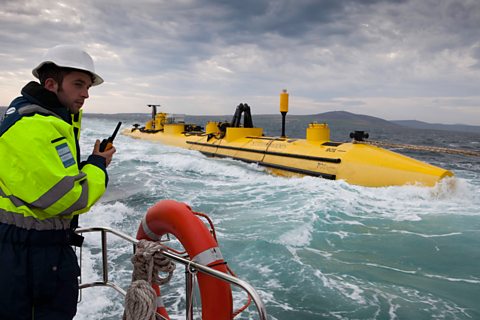
Tidal power is still in its early days but Scotland has the potential to generate large amounts of electricity from tidal power.
Several locations around Scotland have strong tidal flows of water through narrow channels or around headlands, especially around the Western Isles, Shetland, and particularly around Orkney and the Pentland Firth.
Turbines have been installed in the Pentland Firth's Inner Sound, a stretch of water separating the Scottish mainland from Stroma, an island abandoned by its last inhabitants in the 1960s.
The completed scheme has up to 269 turbines submerged on the seabed. When fully completed, the 398MW, 269-turbine scheme will have the potential to power 175,000 houses
Sustainability
To develop a sustainable future you need to think about meeting today's needs and protecting the environment and resources for the future.
Tidal power is a renewable energy because the tides are caused by the Moon's gravity, which is not used up.
It produces no direct carbon emissions or pollution and so can help minimise global heating.
Setting up tidal barrages uses large amounts of concrete and this contributes to carbon emissions. Smaller tidal stream turbines don't use so much concrete or cause as much carbon emissions in their manufacture.
Advantages and disadvantages of tidal energy
Advantages
- Unlike solar and wind energy, tidal movements are reliably constant. Every day there are two high tides and two low tides that can be used to generate electricity.
- It’s also a renewable, sustainable source of energy. It needs no fuel and produces no by-products or pollution.
- Tidal turbines turn slowly and this minimises the harm they cause to marine animals passing through them.
Disadvantages
- Well, the technology is still at an early research stage and, worldwide, tidal power doesn’t generate much electricity yet.
- Also, the cost of engineering and constructing machines to work on the seabed are high at the start of the project. And because tidal turbines work best in narrow channels, the places they can be sites are limited.
- These might not be near where the electricity is needed, and that requires miles and miles of electricity lines.
- There is some potential damage to the marine environment when turbines are installed in large numbers.
- Tidal barrages affect the flow of water through estuaries, can alter habitats and affect migrating fish and other animals.
Test your knowledge
More on Energy sources and sustainability
Find out more by working through a topic
- count10 of 12
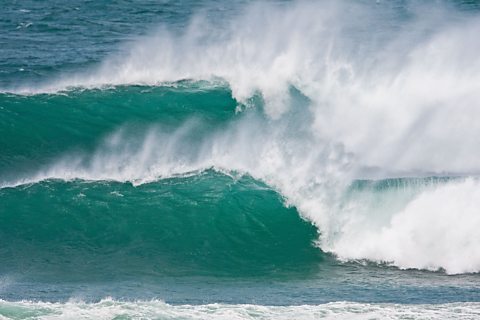
- count11 of 12
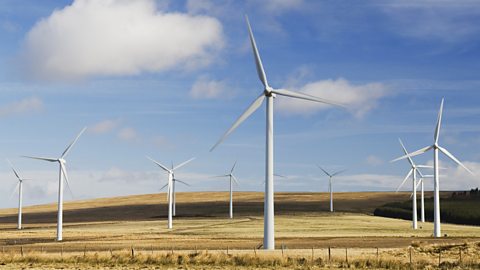
- count12 of 12
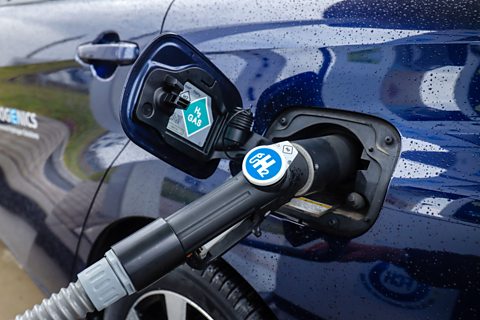
- count1 of 12
